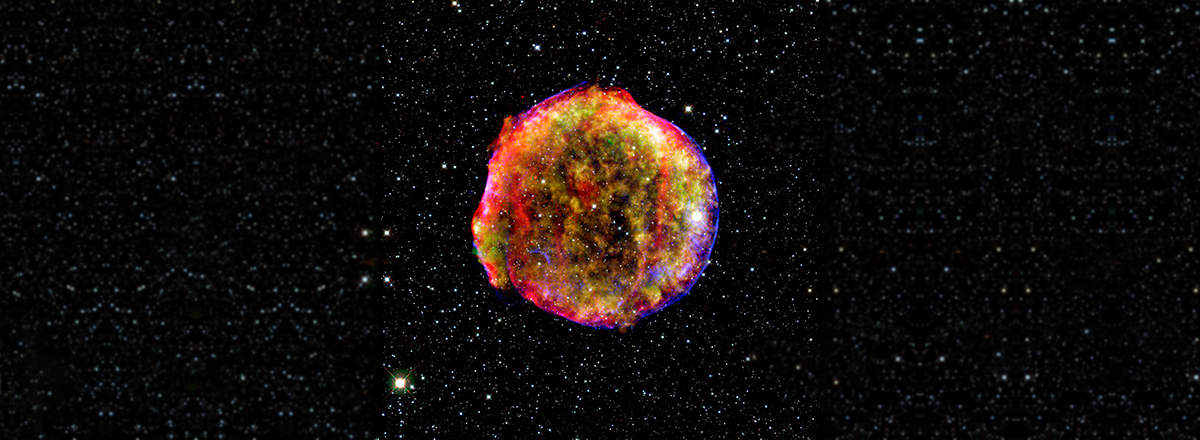Astronomers Found a Way to Predict When a Supernova Will Occur
Type II-P supernovae abruptly dump the matter surrounding them, which becomes a cloud. It gets very hot during the explosion and then gradually cools down, thus creating the effect of a slow-fading star.

A team of astronomers from France and Great Britain has learned how to predict when supernovae will occur. For the study, the scientists focused on Type II-P supernovae.
Before dying in an explosion, massive stars are enveloped in dense shrouds of material. It takes only a few months for that shroud of material to form, but it can be used to predict the beginning of a cosmic catastrophe.
Type II-P supernovae abruptly dump the matter surrounding them, which becomes a cloud. It gets very hot during the explosion and then gradually cools down, creating the effect of a slow-fading star.
The study showed that it takes less than a year for the cloud to form, and the apparent brightness of a still-living star drops significantly. This will allow scientists to predict when supernovae will occur. If a giant red star is enveloped in a thick shroud of material and fades, it will likely explode in a few years.

